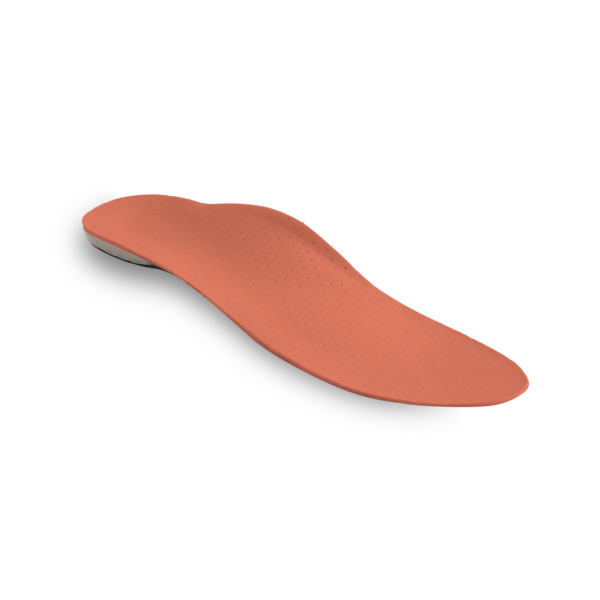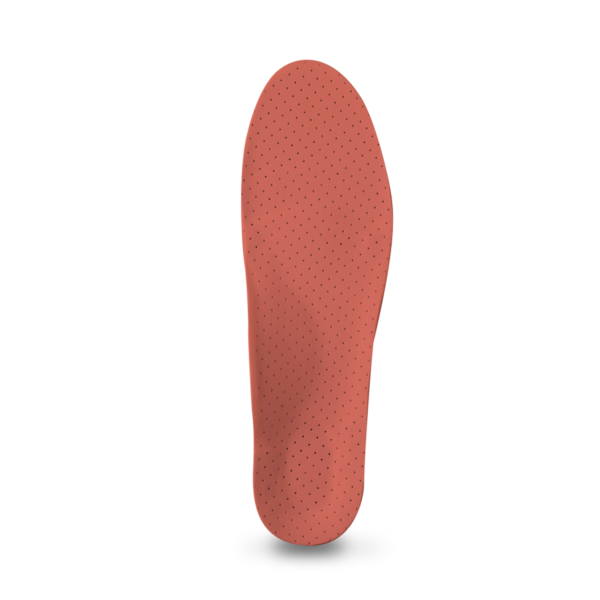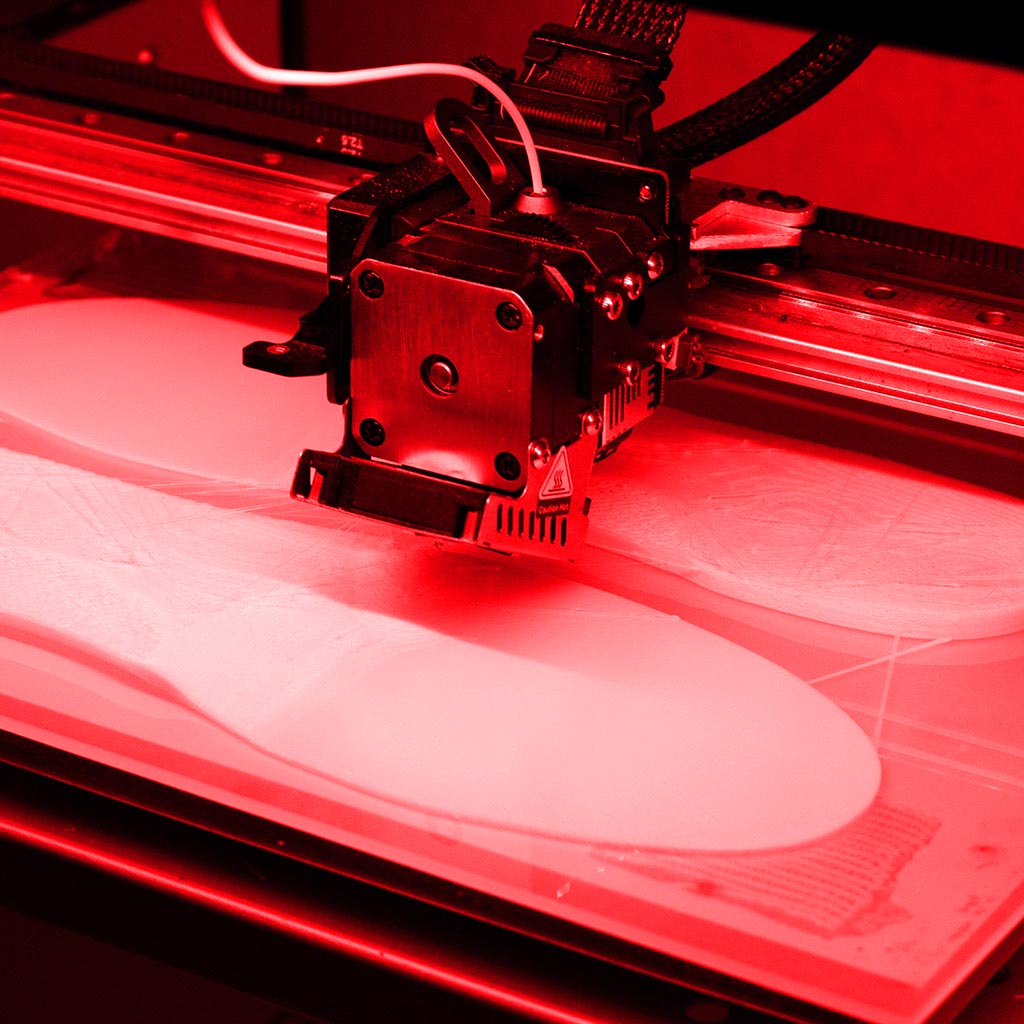Custom 3D-Printed Orthotics
What Changes Compared to Traditional Ones
In recent years, 3D printing has brought a radical transformation to the field of orthopedics and rehabilitation. Custom orthotics, once made using plaster casts or thermoforming techniques, can now be designed and manufactured with a level of precision that was previously unimaginable.
Traditional methods, while effective, present limitations: plaster molds can deform during casting, and thermoforming does not always guarantee millimetric fidelity to the foot’s morphology. With 3D printing, instead, the process begins with a detailed digital acquisition, which is then processed through CAD software. The result is a truly customized orthotic, produced with virtually no margin of error.
Another key advantage lies in the materials: innovative polymer blends used in 3D printing provide elasticity, resistance, and lightness. This makes the orthotic thinner, easier to adapt to different types of footwear, and capable of accompanying movement without excessive rigidity. For athletes, this translates into greater comfort and reduced risk of injury; for workers who spend many hours standing, it means less muscular and joint fatigue; and for people with a sedentary lifestyle, it ensures improved stability and support.
The real breakthrough compared to the past lies in personalization: every orthotic is unique, designed to meet the specific needs of each individual. It marks the transition from a purely artisanal approach to a technological and scientific one, raising product quality and offering tangible benefits in everyday life.




